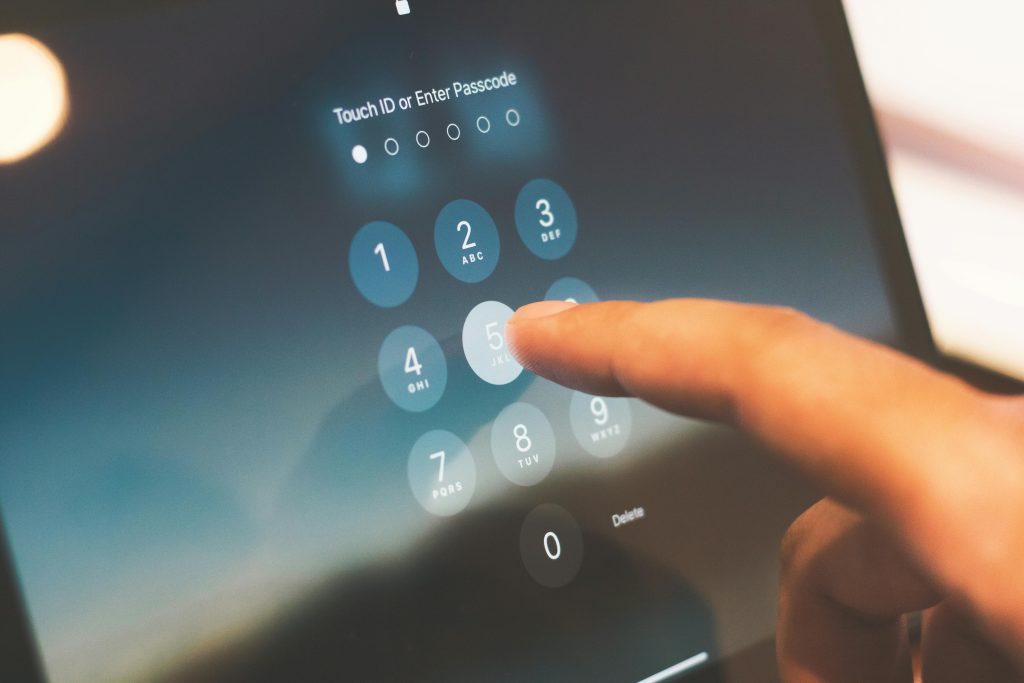Understanding and Troubleshooting Task Manager Lag When Using USB Tethering
Experiencing system sluggishness can be frustrating, especially when it hampers productivity. A common issue reported by users involves the Windows Task Manager becoming increasingly unresponsive or slow after establishing a USB tethering connection from a mobile device. This article explores potential causes for this behavior and provides guidance on diagnosing and resolving the issue.
Identifying the Problem
Users have observed that their Task Manager remains responsive initially but starts to lag significantly after connecting their phone via USB tethering. Notably, this lag manifests after a delay of approximately one to five minutes post-connection and persists until the tethering is disconnected. Symptoms include:
- Delayed or sluggish updates in Task Manager’s real-time graphs.
- The inability to close or interact with Task Manager promptly.
- Missing network activity graphs, such as Ethernet or Wi-Fi metrics.
The problem appears to be linked specifically to the network interface created through USB tethering, which can cause conflicts or excessive system resource usage, leading to decreased responsiveness.
Visual Evidence
To better illustrate the issue, consider two scenario videos:
-
With Lag/Delay: Demonstrates delayed graph updates, unresponsiveness when closing Task Manager, and missing network activity visuals post-tethering connection.
View Video -
Without Lag/Delay: Shows the system functioning normally immediately after Ethernet connection, prior to the onset of lag.
View Video
Potential Causes and Troubleshooting Steps
Several factors could contribute to this behavior:
- Network Driver Conflicts: Outdated or incompatible network drivers for USB network adapters can cause system delays.
- Resource Conflicts: Multiple network interfaces may compete for system resources, especially if drivers or hardware are not optimized.
- System Bottlenecks: High CPU or RAM usage can exacerbate responsiveness issues when additional network interfaces are active.
- Task Manager Monitoring Overheads: Heavy monitoring or background processes triggered by network changes can strain system performance.
Recommended Solutions
-
Update Network Drivers: Ensure all network-related drivers, especially for USB tethering adapters, are current. Visit your device manufacturer’s website for the latest drivers.
-
Disable Unused Network Interfaces: Temporarily disable other network adapters (such as Ethernet or Wi-Fi) to identify if conflicts exist.
-
Monitor System Resources: Use Task Manager (when responsive) to check
Share this content:



